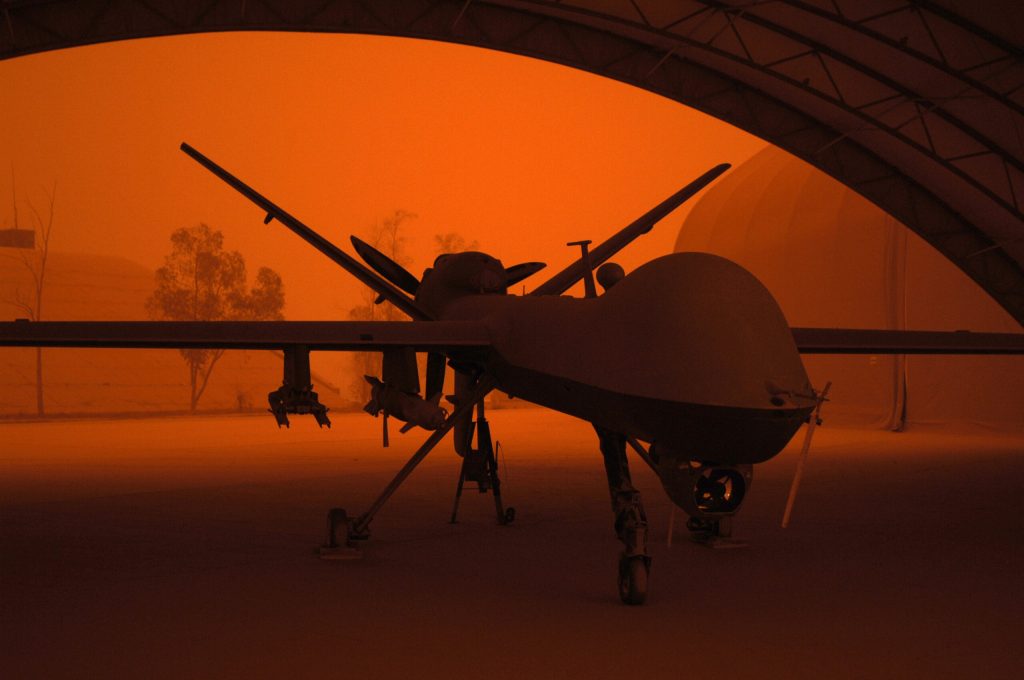The Evolution of Military Strategy: Balancing Technology and Ethics
Historical Context
The examination of military strategies reveals a rich tapestry woven from ancient wisdom and modern technological advancements. Thucydides, the ancient Greek historian, notably articulated the motivations for war as "fear, honor, and interest" in his work, The Peloponnesian War. His insights remain relevant today, as they underscore the enduring psychological and political dimensions of conflict. These motivations manifest not only in historical battles but in the strategies underpinning contemporary military operations.
The Rise of Technological Superiority
In responding to burgeoning global threats, military forces have consistently sought to leverage technology as a means of overcoming numerical disadvantages. During the Cold War, for instance, the U.S. invested heavily in nuclear capabilities and advanced weaponry, which paved the way for the adoption of artificial intelligence and unmanned systems in modern warfare. This "third offset strategy" reflects a persistent belief that technological superiority can tilt the battlefield in favor of those who wield it effectively. Scholars like Luis Simón and Lawrence Korb have scrutinized this evolving belief, highlighting both its potential and shortcomings.
Ethical Considerations in Warfare
The introduction of autonomous weapons and AI-driven technologies has raised pressing ethical questions within military discourse. Scholars like Ronald C. Arkin advocate for the idea that unmanned systems could operate with greater ethical restraint than human soldiers, potentially resulting in fewer civilian casualties. This notion, however, also prompts concern about the dehumanization of warfare and the moral quandaries involved in delegating life-and-death decisions to algorithms. As military leaders confront these dilemmas, the question of whether machines can adequately replace human judgment in complex moral scenarios becomes increasingly contentious.
Current Conflicts and Technological Adaptation
The ongoing conflict in Ukraine serves as a reflective laboratory for the application of modern technologies like drones and battlefield AI. For example, reports indicate that Ukraine plans to produce over one million drones, highlighting the role of unmanned systems in contemporary warfare. Meanwhile, Russian attempts to enhance drone capabilities through partnerships with nations like Iran illustrate a global arms race that transcends traditional boundaries. This situation critiques the effectiveness of high-tech warfare against lower-tech adversaries, a challenge that many militaries currently face.
Institutional Challenges and Military Structure
The transition from mass armies to more technologically integrated forces is exemplified by veteran scholars like Morris Janowitz and Magnus Nordenman. Their insights point to the shrinking size of modern militaries and the increasing reliance on advanced weapons systems. These changes raise significant questions about readiness, troop morale, and the implications of reduced human presence on the battlefield. As military structures evolve, the challenge lies in retaining the delicate balance between technological advancement and the need for human input in warfare.
The Future of Warfare
Looking ahead, experts predict that military forces will increasingly integrate technologies to enhance operational effectiveness while grappling with ethical concerns surrounding autonomous systems. The notion that combat may soon rely heavily on robotic soldiers raises the vital question of how future conflicts will be conducted. Will human soldiers become obsolete, or will they coexist with machines in a synergistic capacity? This inquiry reflects broader societal transformations influenced by advancements in AI and automation.
Global Perspectives on Military Strategy
The strategic landscape on a global scale necessitates an examination of differing national approaches to military technology and warfare. Countries worldwide are investing in military modernization, adapting their strategies to anticipate potential adversaries’ moves. This dynamic creates a competitive environment where innovation is essential not only for defense but also for maintaining geopolitical influence.
Balancing Act: Innovation vs. Ethical Boundaries
Navigating the multifaceted aspects of military innovation requires not only technical prowess but also a commitment to ethical standards. The debate surrounding the use of lethal autonomous weapons, for instance, highlights the imperative for clear guidelines and international agreements that govern their deployment. This ongoing discourse reflects broader societal concerns regarding the human cost of war and the moral implications of an increasingly automated battlefield.
Conclusion
The interplay between historical insights, technological advancements, and ethical considerations shapes contemporary military strategy. As nations navigate the complexities of evolving warfare, the lessons learned from the past remain crucial in charting a path toward a secure and just future. The ongoing dialogue surrounding the responsible application of technology in military operations emphasizes the need for a conscientious approach that prioritizes both effectiveness and ethical integrity.

